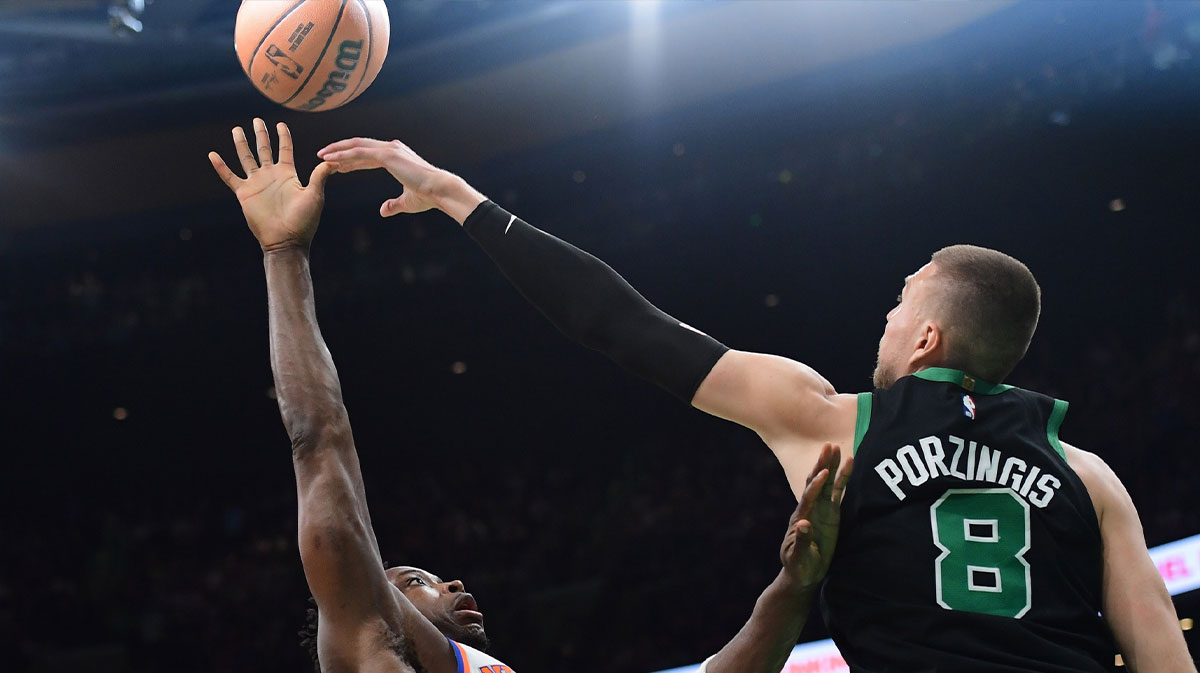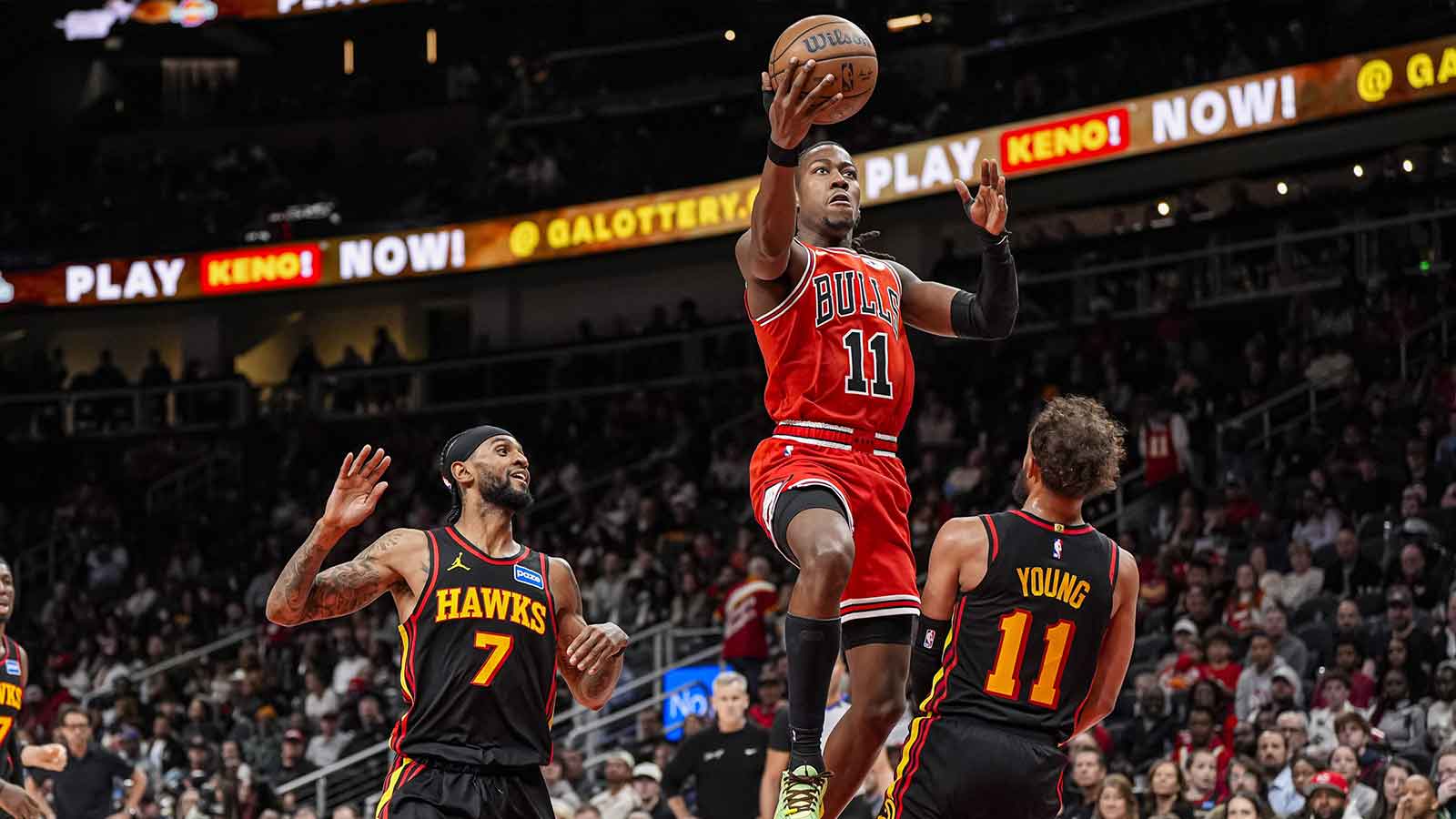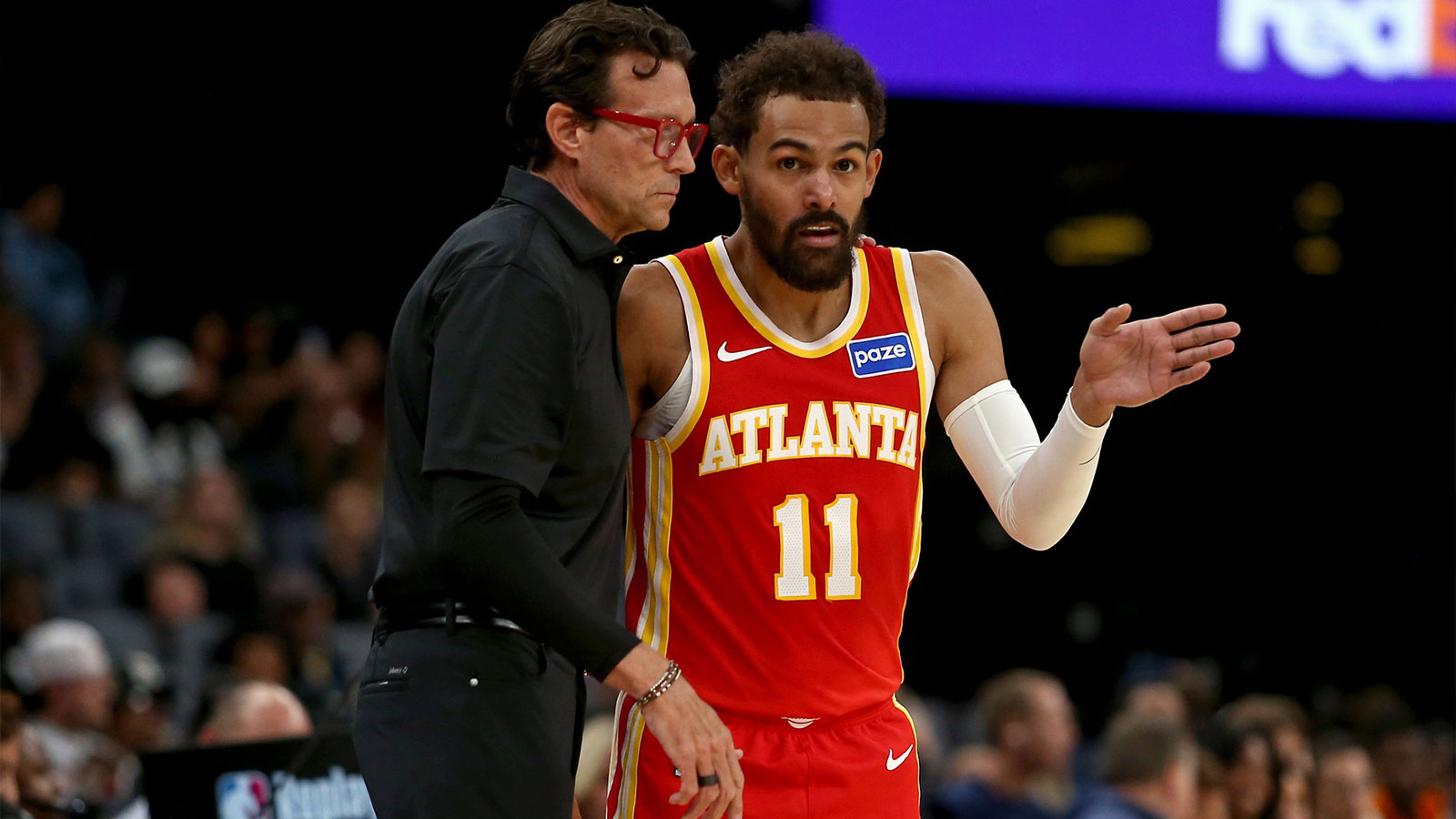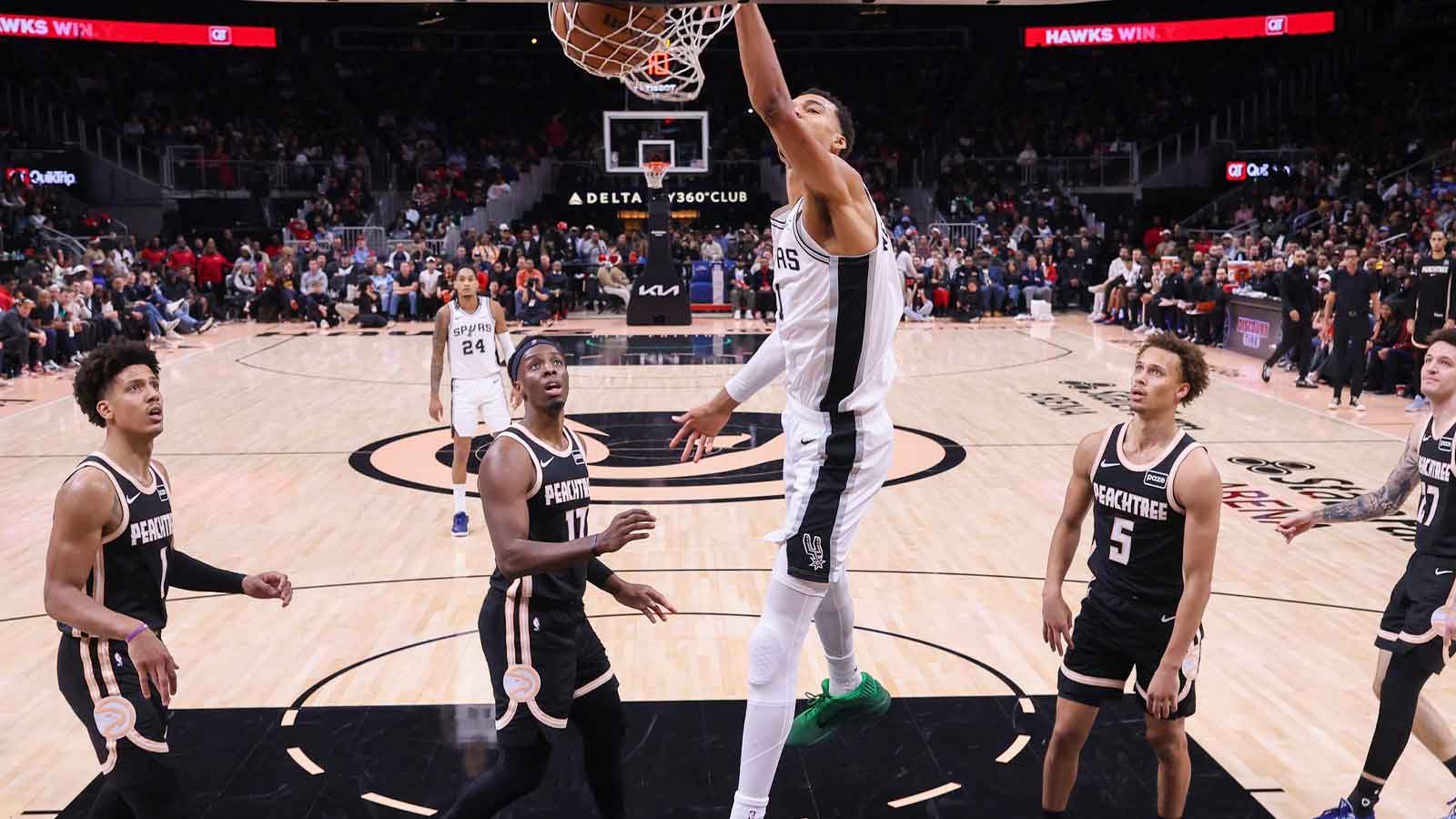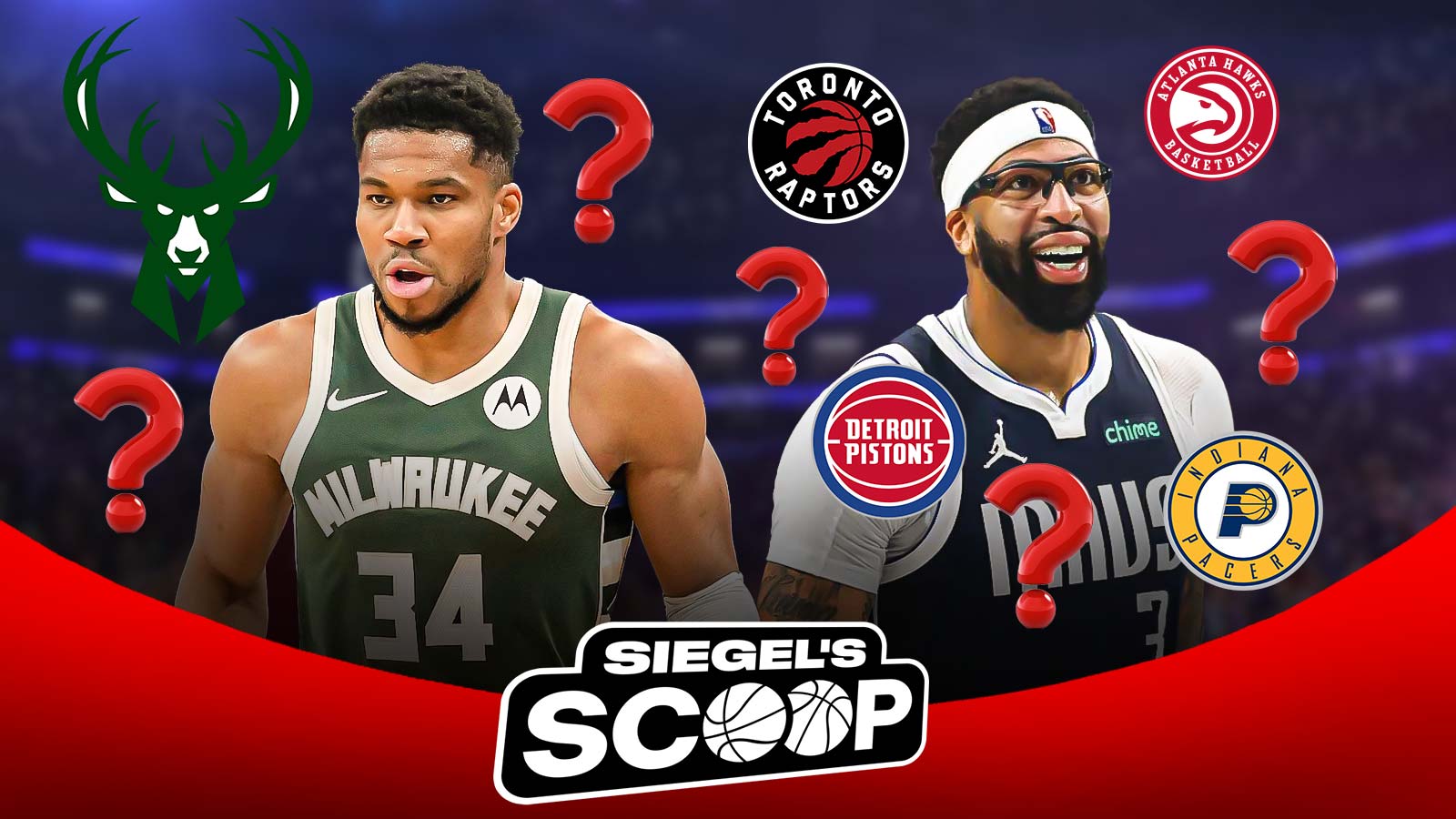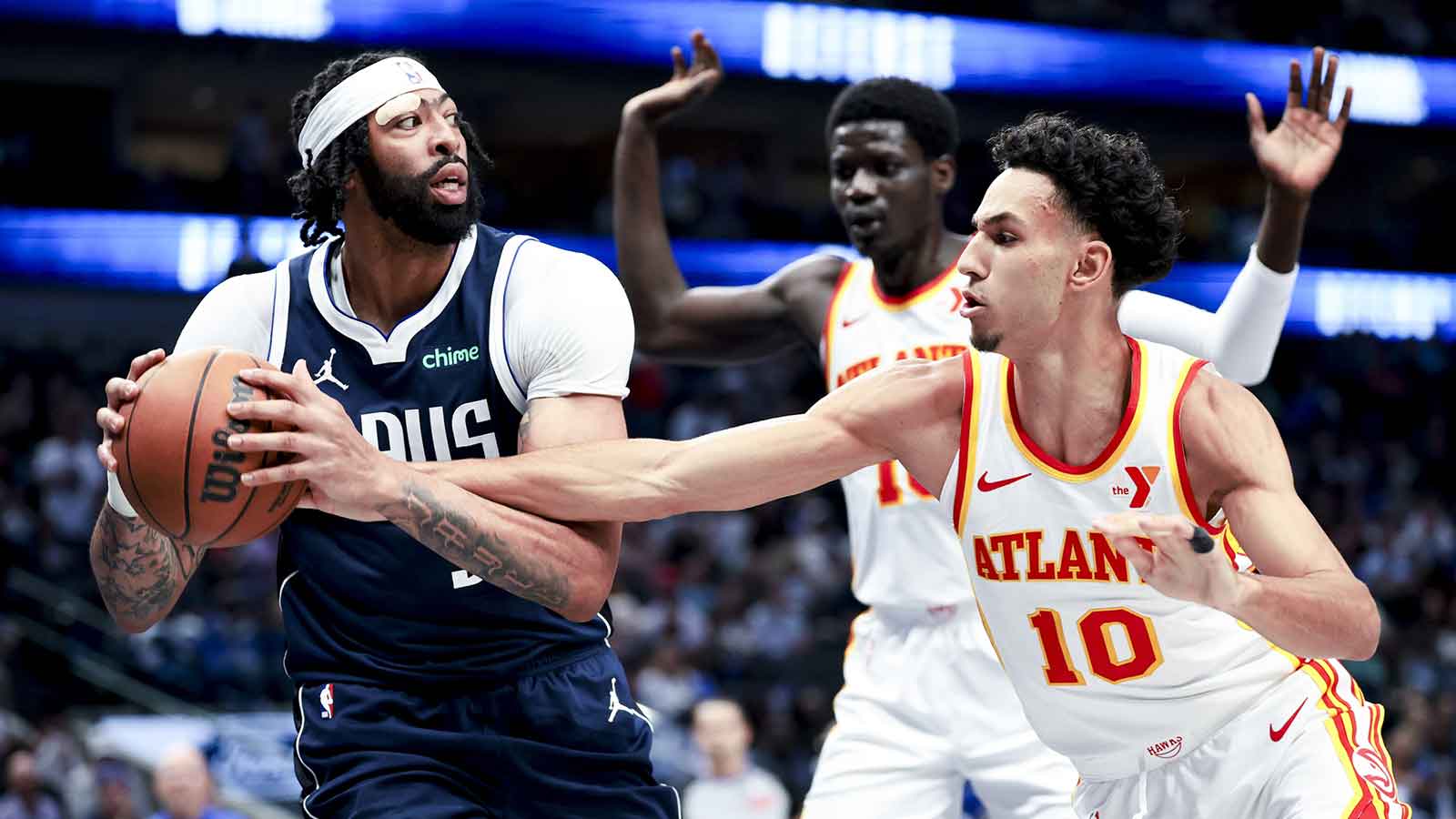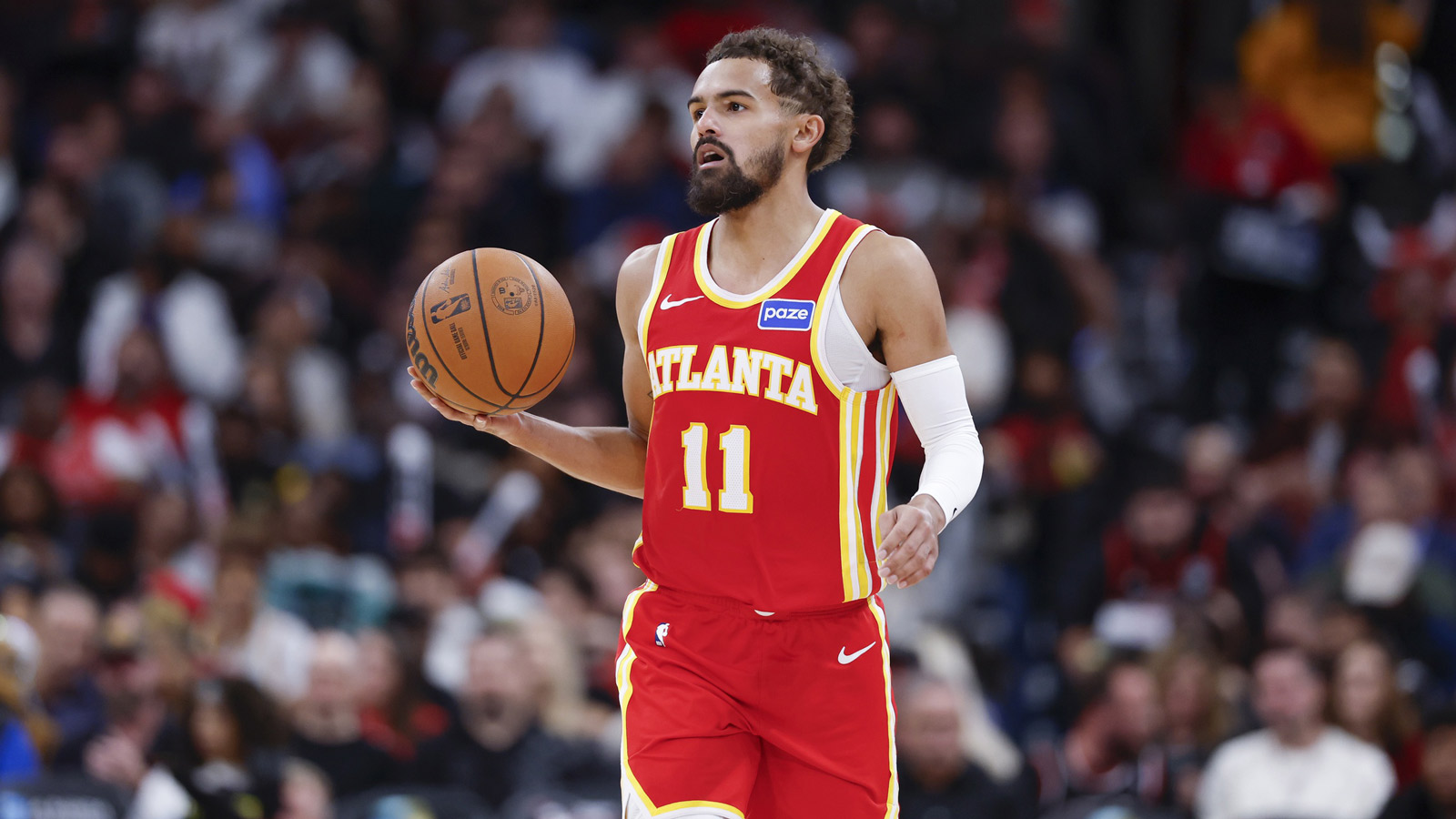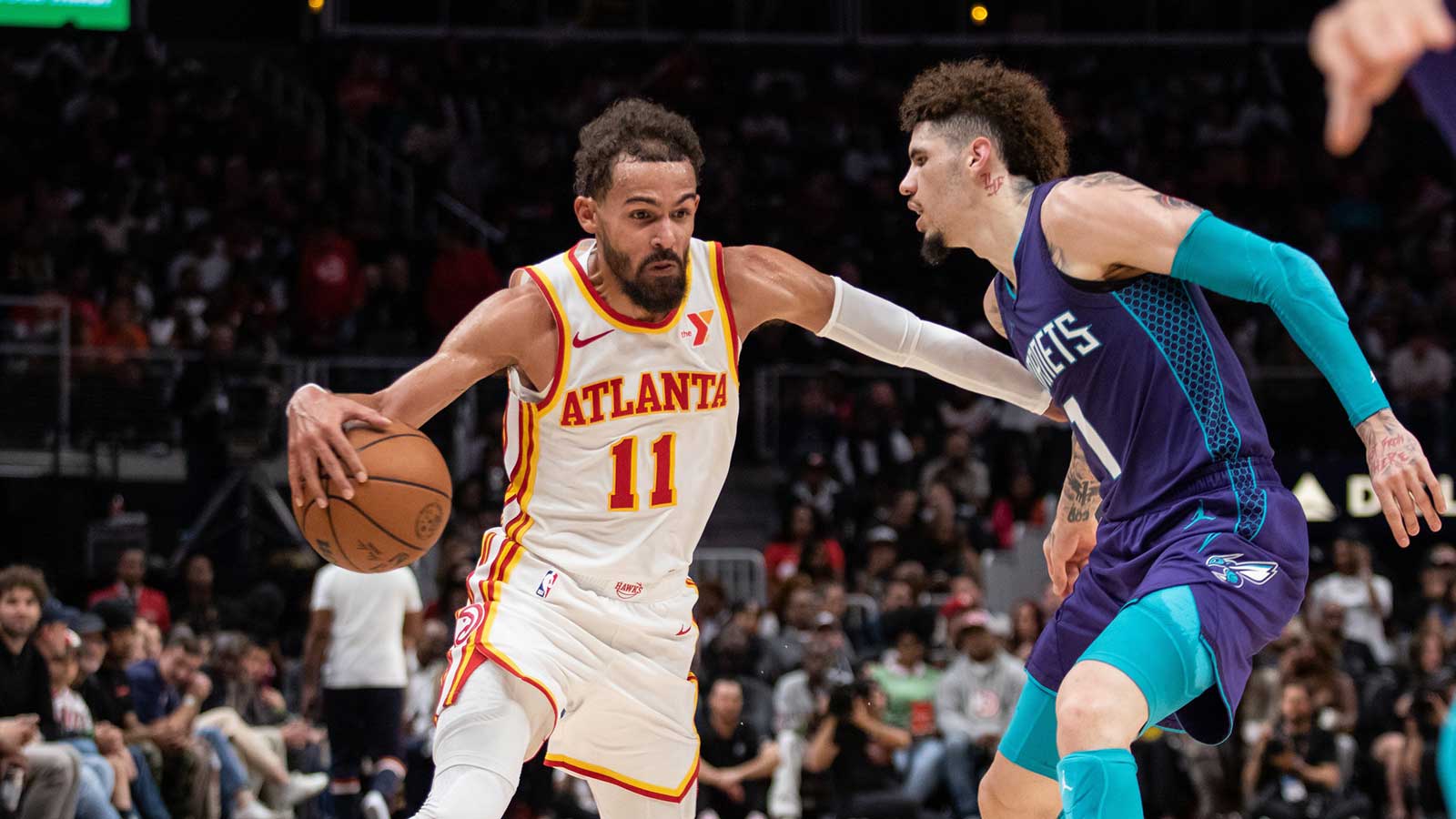The 2025 NBA offseason has been nothing short of transformative for the Atlanta Hawks. Few teams – if any – can claim to have improved as dramatically, both in the short-term and long-term, as the Hawks have. From blockbuster trades to strategic signings and a draft-day masterclass, Atlanta's front office appears to be working with a clarity of purpose unseen in recent years. The Hawks have been quietly one of the smartest teams this offseason. Without making massive headlines or splurging irrationally, they addressed their long-standing defensive issues, got off a bad contract, replaced outgoing contributors with cheaper and arguably better fits, and pulled off a sneaky draft-night heist that could pay dividends next summer. Let’s break down the 2025 offseason for Atlanta, including grades for their most notable additions in free agency.
Hawks' offseason moves
The Hawks set the tone for their offseason with a savvy three-team trade that landed them Kristaps Porzingis. While the towering forward does come with a history of injuries, his potential to be a game-changer on both ends of the floor is undeniable. Atlanta capitalized on Boston’s need to offload salary by acquiring Porzingis and shedding Terance Mann’s ill-advised contract in the process. It cost them a late first-round pick, but considering the upside, the deal borders on larceny.
After that, they set about signing players, and here are their free agency grades.
Stealing the spotlight: Nickeil Alexander-Walker
Possibly the most underrated yet impactful signing of this free agency period was the Hawks' snagging Nickeil Alexander-Walker on a 4-year, $62 million deal. Fresh off a strong campaign with Minnesota, Alexander-Walker brings versatile wing defense, improved playmaking, and steady scoring. Given his age and two-way upside, this could age into one of the best contracts of the summer.
Grade: A
Atlanta filled a major need with a rising two-way wing who’s just entering his prime. A bold yet calculated move.
Sharpshooting depth: Luke Kennard
Replacing Caris LeVert with Luke Kennard, the NBA’s active leader in career 3-point percentage (43.8%), was another shrewd pivot. Kennard inked a one-year, $11 million deal that gives Atlanta flexibility while giving Trae Young a reliable floor-spacer. While a Kennard-Young backcourt could be vulnerable defensively, smart rotation management can mitigate that risk.
Grade: B+
An efficient, low-risk deal for elite shooting. Strategic floor-spacing insurance.
Low-risk depth bet: Jacob Toppin
Jacob Toppin was signed to a two-way deal, a flyer on athleticism and motor. While he’s unlikely to crack the main rotation soon, Toppin showed flashes in the Summer League and could thrive in a high-tempo second unit or G-League setting. For the cost, it’s a worthy experiment.
Jacob Toppin brought his bag to Vegas 👝 pic.twitter.com/lBriPeKhmF
— Atlanta Hawks (@ATLHawks) July 11, 2025
Grade: B-
Developmental piece with upside. No downside in a two-way role.
The rest of the Hawks offseason
Atlanta’s biggest win may not have been a player, but a pick. On draft night, the Hawks traded down from No. 13 to No. 23 in a deal with the New Orleans Pelicans and acquired an unprotected 2026 first-round pick – the better of New Orleans or Milwaukee’s. That pick could easily land in the top five depending on injury luck or roster implosions. To make such a bet on chaos – and profit so heavily from it- is front-office brilliance. A gamble that could define Atlanta’s next decade. The front office weaponized flexibility and patience masterfully.
The Hawks are finally shaping a roster capable of complementing Trae Young’s offensive wizardry with real defensive punch. Dyson Daniels (DPOY runner-up), Jalen Johnson, Onyeka Okongwu, and Zaccharie Risacher give Atlanta long, switchable defenders at nearly every position. If they can avoid heavy Young-Kennard lineups, the Hawks may crack the top half of the league in defensive rating for the first time in the Young era.
From overhauling their defensive foundation to capitalizing on a weak free agent market, the Atlanta Hawks have walked away from the 2025 offseason as clear winners. They added star-level talent, locked in long-term upside, created cap flexibility, and landed a future draft asset with massive potential. It’s the kind of offseason that doesn’t just reshape rotations – it reshapes futures.

